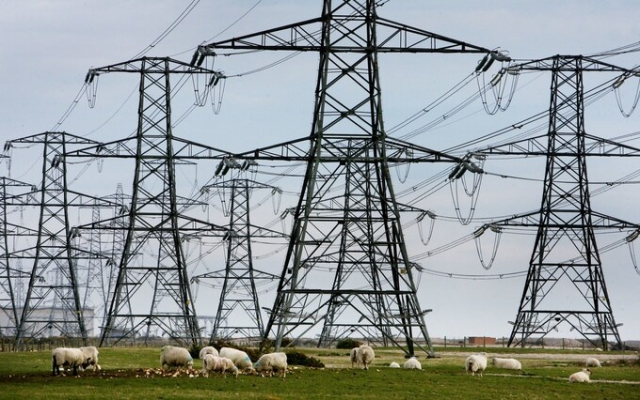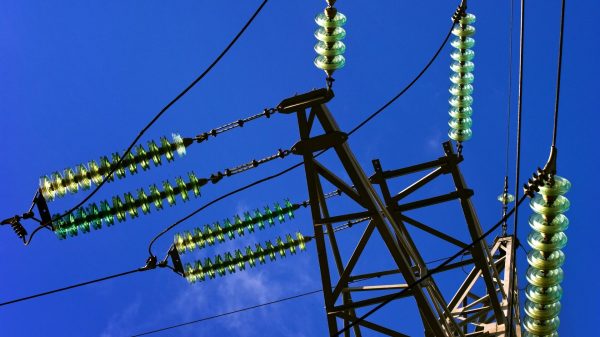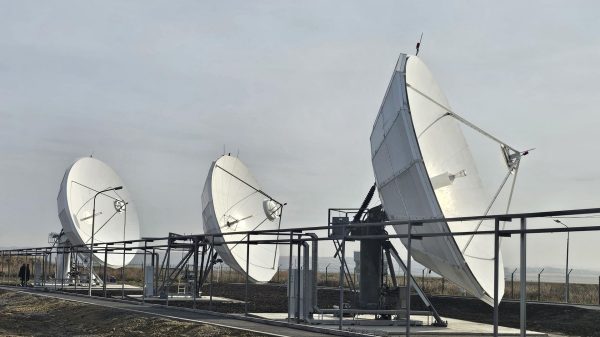 National Grid has had a monopoly on transmission infrastructure in England and Wales for 30 years. Photo: Gareth Fuller/PA
National Grid has had a monopoly on transmission infrastructure in England and Wales for 30 years. Photo: Gareth Fuller/PA
Household energy supplier Octopus is seeking to challenge the National Grid by building its own transmission towers as the pace of network expansion is disappointing.
Greg Jackson, chief executive of Octopus, said the company had carried out talks with Ofgem, the industry regulator, about opening up grid planning and construction to competition.
His company says it can build sections of the high-voltage transmission network — the backbone of the electricity system — faster and more efficiently than the National Grid, helping accelerate the adoption of clean energy.
The shakeup will end National Grid's 30-year monopoly on transmission infrastructure in England and Wales amid complaints from wind and solar farm developers that the Grid's slow expansion is forcing them to wait a decade before connecting to the system.
< p>Thousands of new poles are to be built across Britain as part of the transition to net-zero emissions. The shift away from oil and gas will increase demand for electricity, requiring more infrastructure to deliver power to homes and businesses.
Octopus has gained a foothold in the electricity infrastructure sector following its takeover of Buckingham-based Eclipse Power Networks. , in 2021.
Currently, Eclipse is building only small local power distribution networks, but Mr. Jackson wants to expand the company's activities to include transmission infrastructure.
 Octopus chief Greg Jackson said the business had already held talks with Ofgem. Photo: Andrew Crowley
Octopus chief Greg Jackson said the business had already held talks with Ofgem. Photo: Andrew Crowley
Octopus was inspired by Indian energy company Sterlite Power, which used advanced computer software in India and Brazil. design electrical network projects in a way that saves time and money.
It does this by mapping projects to avoid areas where it would be difficult to obtain planning permission or where there would be a large number of potential refusals, which prevents schemes from becoming bogged down -for delays and opposition.
Speaking to The Telegraph, Mr Jackson argued that increased competition in Britain would encourage the market to find innovative ways to satisfy local opposition and could even lead to fewer poles needing to be built overall.
He said: “The idea that there is more than one way to skin a cat is becoming increasingly popular.
“If we could find ways to build energy infrastructure that was faster and cheaper, who wouldn’t want it.” ?
“In areas where people are worried about power poles, there may be ways to build infrastructure where there may be less community resistance.”
When asked whether Octopus would seek to build the electricity infrastructure itself, he confirmed: “We have discussed this possibility with Ofgem.»
«There are so many different routes that can be used, so many different construction technologies and different ways of solving this problem, for example in an area where people don't need this infrastructure . It is ripe for innovation.”
Onshore transmission infrastructure has long been a monopoly of the National Grid. However, the same cannot be said for offshore grid infrastructure — the cables used to transport electricity from offshore wind farms back to the mainland. This part of the market is open to competition.
































